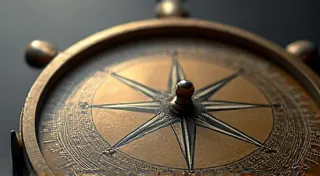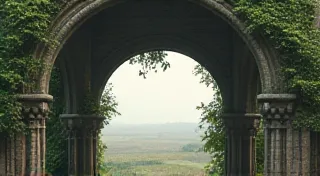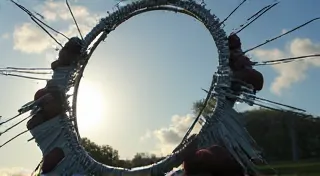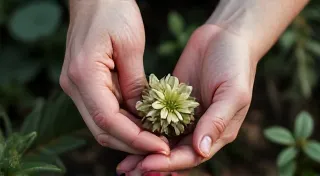The Poet’s Quarry: Finding Inspiration in the Rhythms of Local Speech
There’s a peculiar melancholic beauty in listening to an antique accordion. Not just the sound – though the wheezing, reedy tones are enchanting on their own – but the sense of stories held within the bellows, in the intricate carvings of the wood, in the very weight of it in your hands. It’s a feeling of time folded, of voices long silenced, yet lingering in the vibrations. It's not unlike listening to a regional dialect. Both are vessels of cultural memory, echoing with the specific cadences and expressions of a people, a place, a moment in history. And for a writer, both offer a profound source of inspiration – a quarry from which to shape authentic and resonant language.
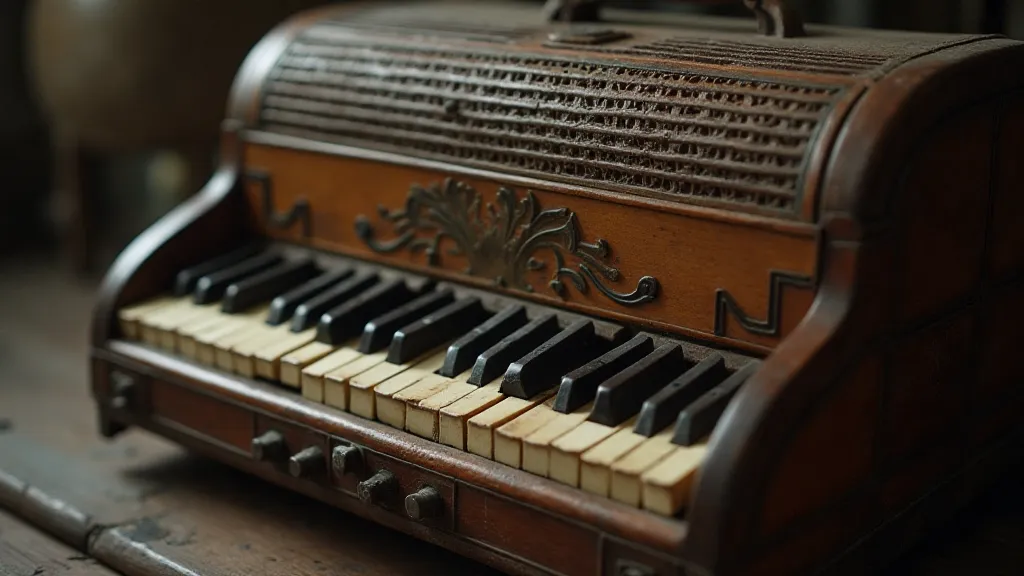
Beyond Vocabulary: The Music of Language
Most people, when they think of “regional dialects,” they think of vocabulary—words unique to a particular area. Sure, we have our “y’alls,” our “fixin’s,” our “pop” versus “soda.” But that’s just the surface. A true understanding of a regional dialect goes far beyond the lexicon. It's about rhythm, intonation, sentence structure, and the way emotions are conveyed. It’s about the underlying music of the language.
Think about it: the way someone from Appalachia might stretch out vowels, emphasizing certain syllables in a way that conveys both weariness and warmth. Or the clipped, staccato delivery common in certain areas of New England, carrying a quiet strength and practicality. These aren’t simply quirks; they’re deeply ingrained patterns of communication, shaped by generations of interaction with the landscape, with each other, and with the world outside. Often, the nuances aren’t merely about vocabulary shifts, but a broader reshaping of linguistic boundaries—a phenomenon beautifully explored in articles like " The Dance of Dialects: Exploring the Fluidity of Language Boundaries."
Linguists, of course, have long studied these patterns. They recognize that dialect isn't “broken” or “incorrect” English; it's a complex system of communication, with its own internal logic and rules. It’s a testament to the dynamism of language, its constant evolution in response to social and environmental forces. And understanding those forces – the history of settlement, migration, economic shifts – can unlock a deeper appreciation for the nuances of a particular dialect.
The Craft of Restoration: Parallel to Linguistic Preservation
Restoring an antique accordion is a meticulous process, akin to preserving a dying dialect. You’re not just cleaning it or repairing the physical components; you’re uncovering its history, piecing together its story. You might find traces of the original owner's fingerprints on the bellows, a tiny label tucked away revealing where it was purchased, or faint inscriptions hinting at its past performances. Each discovery adds another layer of understanding, breathing new life into a silent artifact.
Similarly, documenting and preserving regional dialects is a crucial undertaking. It's more than just recording words and phrases; it's capturing the way they're spoken, the emotional context, the subtle shifts in intonation. This requires not only linguistic expertise but also a sensitivity to the cultural significance of the language and a willingness to engage with the communities who speak it. The ever-shifting landscape of language, and how elements are borrowed and adapted, can be complex. Understanding how youth culture reshapes dialectal norms is a fascinating study; resources like "A Symphony of Slang: How Youth Culture Reshapes Dialectal Norms" offer insightful perspectives.
There's a certain humility involved in both restoration and preservation. You’re acknowledging that you are a custodian of something larger than yourself, a guardian of a legacy that belongs to others. And you're striving to do justice to that legacy, to honor the voices of the past and to ensure that they continue to be heard.
A Personal Echo: My Grandfather's Stories
I grew up hearing my grandfather’s stories – tales of his childhood in rural Mississippi, thick with the lilt and rhythm of the Delta. He wasn’t consciously trying to be poetic; he was simply speaking his truth, using the language of his community. But as a young writer, I began to recognize the power of that language, the way it imbued his stories with a sense of authenticity and resonance that no amount of deliberate crafting could ever replicate.
He’s gone now, but the memory of his voice – the particular way he pronounced certain words, the cadence of his storytelling – remains vivid in my mind. It's a constant reminder of the importance of capturing the unique beauty of regional dialects, of paying attention to the subtle nuances that make each community’s language so distinctive.
One phrase, “plunked down,” always stands out. It wasn’t used in the standard sense of ‘set down.’ For him, it meant ‘settled in comfortably,’ carrying a sense of contentment and belonging. Trying to replicate that specific feeling in my writing—to convey that same sense of deep-rooted happiness—became a driving force. It wasn’s just the word itself, but the feeling it evoked, the entire context it inhabited.
Crafting Authenticity: Lessons for the Writer
So, how can a writer harness the power of regional dialects? The answer isn't simply to pepper your dialogue with local slang. That can easily come across as contrived and stereotypical. Instead, pay attention to the underlying patterns of the language. Listen carefully to how people speak in different communities. Observe their rhythms, their intonations, their characteristic expressions.
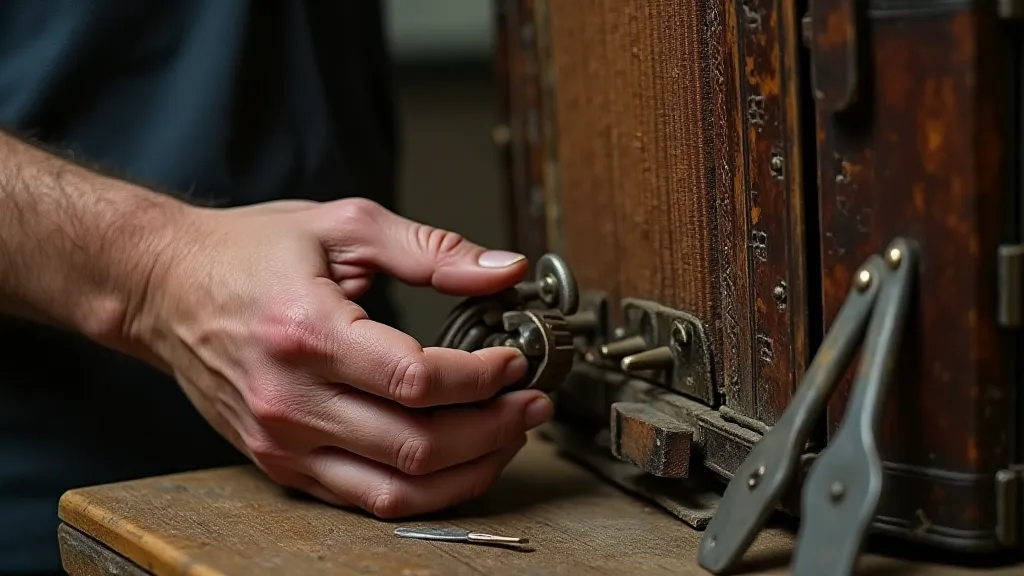
Don't be afraid to experiment with sentence structure. Try stretching out vowels, using contractions in unexpected ways, or incorporating local idioms. But always do so with sensitivity and respect. The goal isn't to mimic a dialect perfectly; it's to evoke its essence, to capture its unique spirit.
Read widely, not just in your own region but in others. Listen to recordings of dialect speakers. Watch documentaries about regional cultures. Immerse yourself in the language and the people who speak it. The more you learn, the better equipped you will be to write with authenticity and nuance. The movement of people across landscapes leaves an indelible mark on language; considering the influence of migration on regional speech patterns—as explored in "Borrowed Light: The Influence of Migration on Regional Speech Patterns"—can add depth to your understanding.
And remember that language is always evolving. What might have been considered a defining characteristic of a regional dialect today could be fading away tomorrow. It's our responsibility, as writers and as cultural stewards, to document and preserve these voices, to ensure that they continue to resonate for generations to come. Sometimes, understanding the origin of a unique phrase requires extensive research – discovering the "Untangling the Vines: Deciphering the Origins of Obscure Dialectal Phrases" can be a rewarding intellectual pursuit.
The Enduring Legacy
Just as the haunting melody of an antique accordion can transport us to another time and place, the rhythms of regional dialects can unlock a deeper understanding of ourselves and our communities. They are a vital part of our cultural heritage, a testament to the enduring power of language to connect us to the past and to each other. Listening to them is a gift—a chance to hear the echoes of those who came before, and to appreciate the richness and diversity of the human experience. The careful preservation and understanding of these nuances is essential for future generations. It is a complex interplay of history, geography, and human interaction, a living testament to the enduring power of spoken language.
